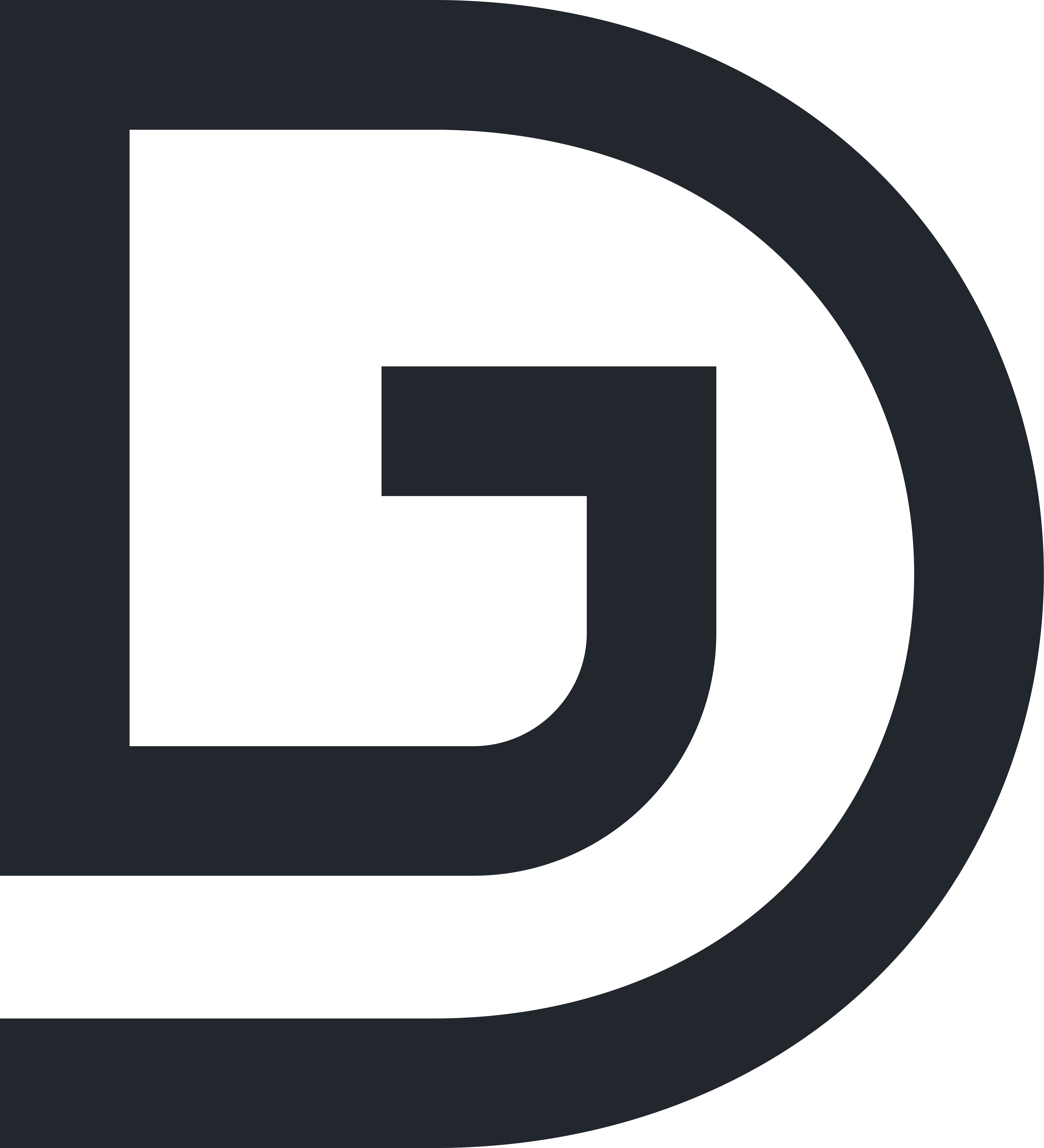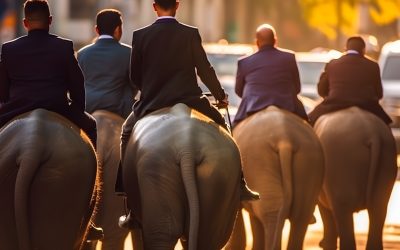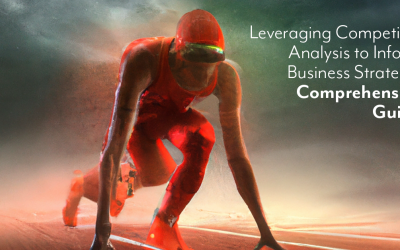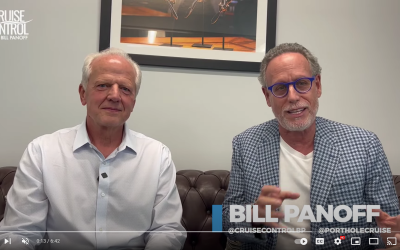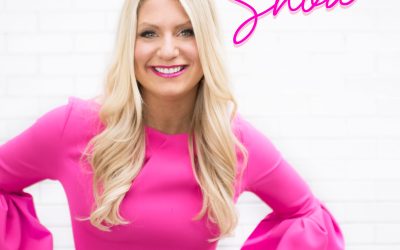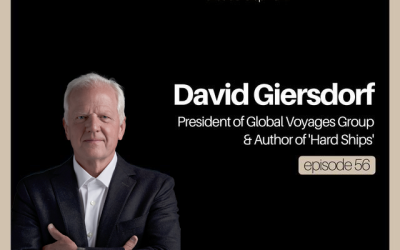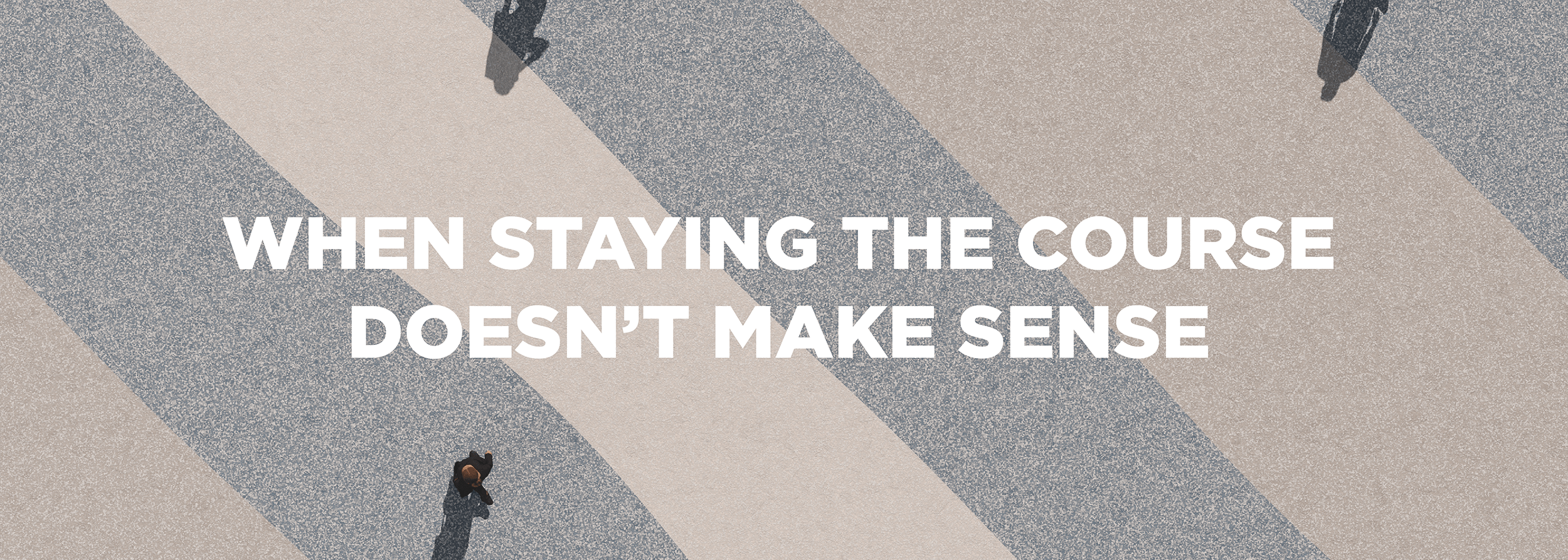
The More Things Change, the More They Stay the Same.
by David Giersdorf
Editorial Note: This article is an excerpt from David Giersdorf’s Hard Ships: Navigating Your Career, Industry, and Life through the Fog of Disruption, available from Amazon, Barnes & Noble, and other online retailers March 25th.
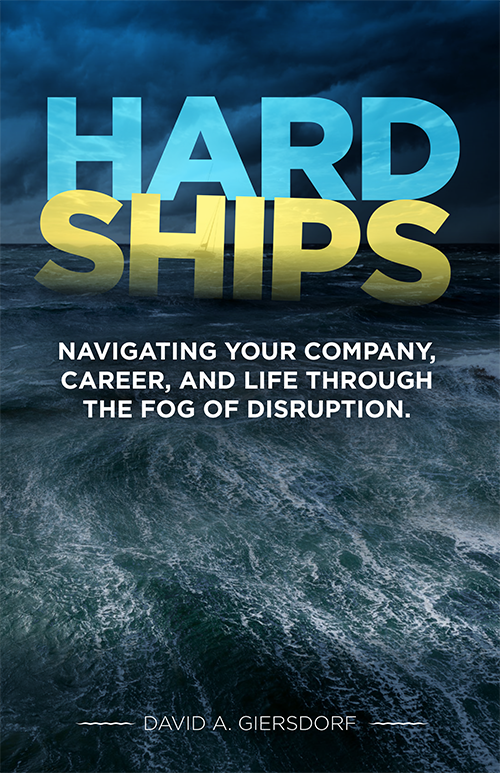


In 1849, French novelist Jean-Baptiste Alphonse Karr wrote, “Plus ça change, plus c’est la même chose.” You may recognize the more common English translation. “The more things change, the more they stay the same.”
Most people follow this advice when they encounter disruption. The best thing to do when entering the fog, they reason, is to stay the course upon entering.
Through all the disruptions I’ve navigated in cruising, in other industries, in my personal life, and through helping others do the same, I’ve learned the truth about this cliché. It’s dangerously full of holes.
First of all, maybe you should keep to the same course as before. But very likely not. When the status quo changes, the dreams, goals, and plans you drew up based on your previous situation are made obsolete. That’s what disruption does. Because priorities change. For the cruise industry in 2020, the situation went from “managing growth” to “mitigating disaster.” Those waypoints could not be more different.
“Thus, staying the course when the course is no longer visible is increasingly fraught with danger.

The second reason Karr’s quote sinks people deeper into disruption is its false sense of security. Stick to the plan . . . everything will be OK. In companies, this manifests in leadership doubling down on next quarter’s objectives or the annual vision. In the face of disruption, this isn’t helpful.
Charting our waypoint requires us to separate facts from previous assumptions and wishes. This is incredibly difficult because it requires, as I call it, “throwing out the old playbook.” Thus, staying the course when the course is no longer visible is increasingly fraught with danger. The farther you proceed into the fog, the greater the risk that you’ll encounter new peril. The sooner we let go of the way things have always been done, the sooner we can get to answering the question behind the first protocol. “This is stunning and surreal. So now what?”
The sudden COVID-19 operational halt in the cruise industry was an unimaginable setback for even the best-positioned companies. There was a heavy focus on the circumstances and outlook of the mainstream cruise lines, but there was little discussion about the unique challenges facing specialized operators such as river cruise companies and expedition cruise companies. The business trajectory was progressing differently now due to new market realities and operating conditions.
This is why none could stay the course. Companies of all types were challenged to adapt repeatedly as the disruption deepened and became prolonged. The challenges expanded to include canceling basically a full year of cruises, rebooking or refunding millions of guests, raising capital proactively and continuously to sustain enterprises in a non-operating state, and ultimately to fund the restart, remarketing, and operationalizing of a multi-billion dollar global industry.
“The second reason Karr’s quote sinks people deeper into disruption is its false sense of security. Stick to the plan . . . everything will be OK. In companies, this manifests in leadership doubling down on next quarter’s objectives or the annual vision. In the face of disruption, this isn’t helpful.
This brings us back to avoiding assumptions and focusing on what we know about where we are. Balancing assumptions about how long the non-operating period will continue, how quickly demand will recover, and what the new business environment will entail is an imperfect science. We look around the corner toward the near future, see the next round of challenges and opportunities, and see what strategies may be employed to address them. In the movies, it may be possible to go “back to the future” but not in real life. New realities require new approaches.
So when you find yourself stuck in the fog and blind to your surroundings, remember that staying the course may not be your best option. New dangers could have rolled in your path that you can’t see now. Gather new information, take the next best actions, find your waypoint, and make sure you’re moving in the best possible direction toward recovery. I think of it as “Bail, Steer, Repair, Repeat.”
Beacons, like the stars, lighthouses, and buoys, can become shrouded by clouds, darkness, and fog. Those are the times when YOU must become the beacon, for yourself and others. Your values, character, vision, experience, and courage will light the way. Worry and fear do not go away, instead, they are replaced by something else. That something else can only be Faith and Belief. Believe in yourself and others will. Help others become beacons and you will have even brighter light to apply to each new challenge. Onward!
VIEW MORE ARTICLES
Managing Disruption in the Cruise Industry
The cruise industry, one of the fastest-growing...
The Challenge of a Big2Big Business Environment for Small and Medium-Sized Companies
There are steps that companies can take to survive and thrive in an environment where the big, interacting in a virtuous cycle with the big, dominates the market.
Leveraging Competitor Analysis to Inform Business Strategy: Observing Key Metrics Over Time
In the dynamic world of business, identifying the strategies that work effectively for your competitors can provide valuable insights for your own company’s growth. To do so, one should meticulously observe and analyze the key business metrics of primary competitors and industry leaders relevant to their context…
Cruise Control – How to Cruise from Home and Save Thousands on Airfare
Do you want to find out how to cruise from and save THOUSANDS on airfare? River cruising may be the answer for you! Bringing you the latest in cruise news and best in travel trends around the globe. Porthole Cruise and Travel has been inspiring traveler for over 25 years!
How to Navigate Disruption in Life and Business with David Giersdorf
When the seas are choppy and the storm brews around you, how do you best navigate to safety? Do you follow a beacon of hope or find that guiding light within? Truthfully, we all have the ability to be that bright beam of relief in times of chaos— for ourselves and others…
Podcast: Become “stronger” through hard ships
RJ Singh is a corporate and ultra-endurance athlete, family man and is dedicated to the pursuit of self-mastery. His mission is to lead by example and share the ultrahabits needed to achieve ultra-performance in all areas of your life .
